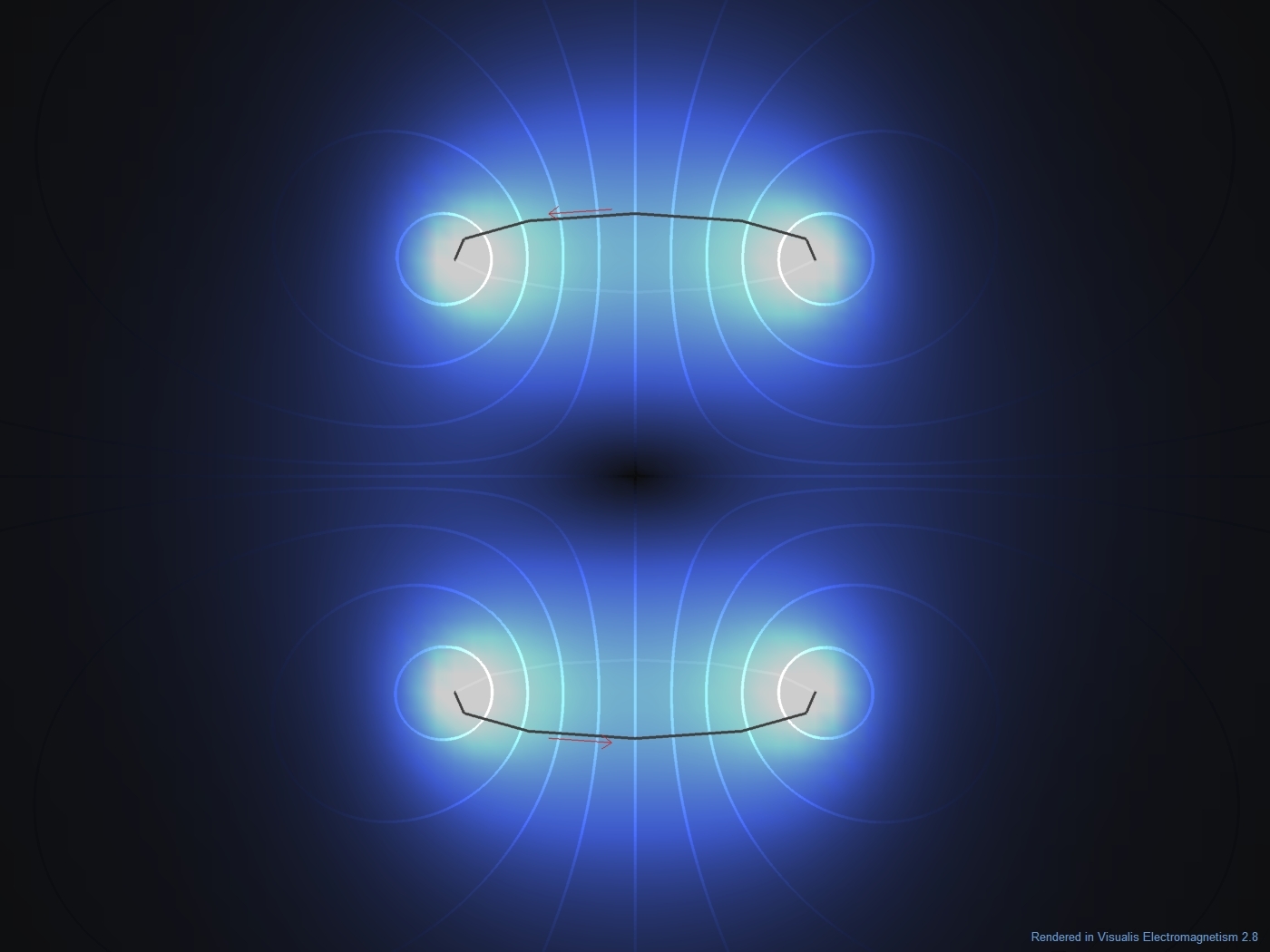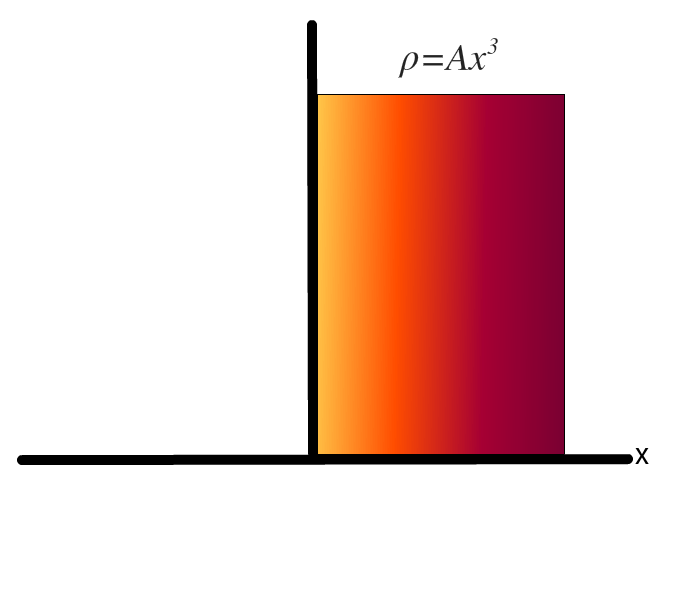Nonconducting nonuniform non-nonsymmetric cylinder

A long, nonconducting, solid cylinder of radius 4.0 cm has a nonuniform volume charge destiny that is a function of radial distance from the cylinder axis: . For , what is the magnitude of the electric field at (a) r = 3.0 cm and (b) r = 5.0 cm?
So, clearly, I overdid it. See #2 for a legible version of solution to (a). For me, apparently, that was step one. So now the question is, WHAT ABOUT REPULSION? See below, the concentric circles on top right:
For every differential excerpt , the enclosed charge generates an electric field perpendicular to the circumference. This field points both ways - outward and inward. Now, don't inward electric field lines of cancel those of and form a certain ?
At first, I've tried to formulate an integral based on . You can imagine how that went (...). Then, I thought instead I should do . It led to the circled big formula , derived after an hour of globbling - above.
Something was wrong. This equation is clearly not elegant. And when physics throws you an elegant problem, you must get an elegant answer. Then I realized something... do you know what it is? It made me mad. I'll leave it to you to figure out ;)
NOTE Spoilers ahead! If you don't know the answer to above, give it a thought!
So, what if we DID have to resort to such measures? What if there was no internal symmetric cancellation? How would we resolve that issue? Say, for example, we have a big rectangle - and its charge density obeys the same pattern as that cylinder. If we place the rectangle on origin with length parallel to y axis, let be . What would be its electric field lines (assume it's infinitely long)? NOW my issue is real.

Easy Math Editor
This discussion board is a place to discuss our Daily Challenges and the math and science related to those challenges. Explanations are more than just a solution — they should explain the steps and thinking strategies that you used to obtain the solution. Comments should further the discussion of math and science.
When posting on Brilliant:
*italics*or_italics_**bold**or__bold__paragraph 1
paragraph 2
[example link](https://brilliant.org)> This is a quote# I indented these lines # 4 spaces, and now they show # up as a code block. print "hello world"\(...\)or\[...\]to ensure proper formatting.2 \times 32^{34}a_{i-1}\frac{2}{3}\sqrt{2}\sum_{i=1}^3\sin \theta\boxed{123}Comments
There are no comments in this discussion.